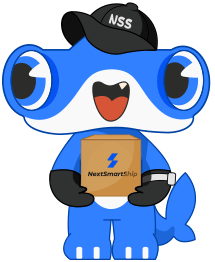If you are running any business, especially e-commerce, your target is to target as many sales and make as much profit as possible. Many factors play into running a successful business and strategies to employ. Now, strip away all of these strategies and factors, and selling, at its core, is just selling. You can only sell something that is in demand. Therefore, forecasting customer demand is one of a business’s most essential building blocks.
This article discusses demand forecasting, why it is crucial, and how different demand forecasting methods can help your business.
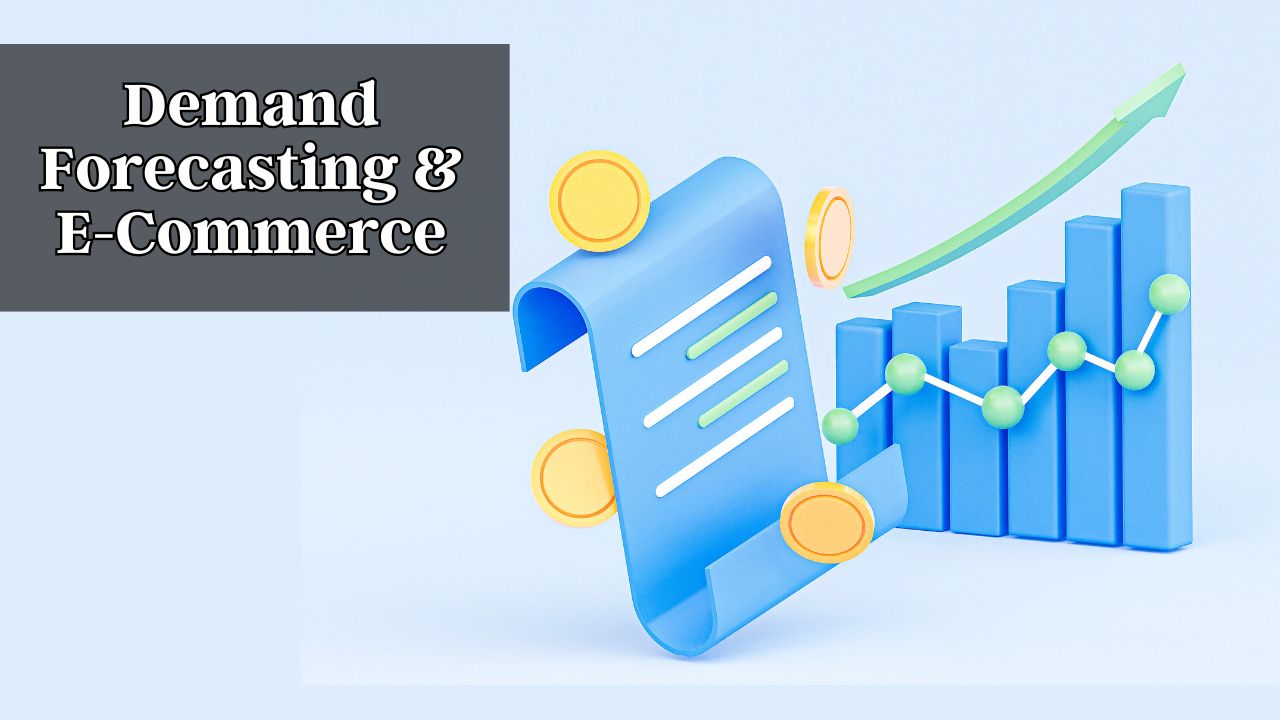
| Table of Content |
Part 1. What is Demand Forecasting?
In the simplest of words, demand forecasting is predicting a product’s future. Based on a customer’s need, demand forecasting determines how much it will sell, how much you can enhance the need, and what new customers you can bring in.
Entrepreneurs and businesses look at historical data in e-commerce for their products to make the best forecast. Whether the product is new or has been in the market for a very long time, historical data is still king.
You can start by analyzing this data to analyze different e-commerce trends. The more accurate and precise your data is, the better demand forecasting you can make.
Part 2. Why is Demand Forecasting Important for E-commerce?
If there is no demand, why would you need to brand a product and put it out to sell? Selling is as simple as that, but demand forecasting is essential to sell better for a big or small business. You can make a good business if you play your demand forecasting methods cards right. Hence, here are some critical reasons for forecasting customer demand.
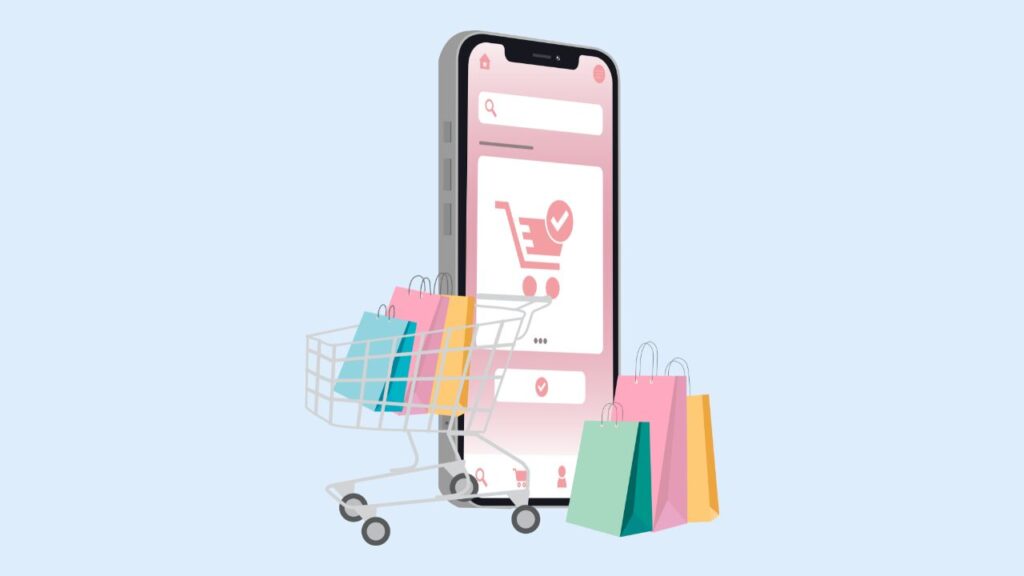
1. Reduce the Risk of Losses
Every company, entity, or business will have different risks. Here are some risks when you are running an e-commerce business.
- Your SKUs are understocked.
- Your stocks are running out, so you order more than necessary and overstock.
- Due to overstocking, you may have more dead stock than you can move.
Every item has a shelf life; the longer it is, the more chances you will have to move out your dead stock. However, this doesn’t work for perishable items with expiration dates, minimizing their shelf life.
So invest more in demand forecasting methods to mitigate this risk and only replace your inventory when needed.
2. Timely Supply
With many more options in the world of e-commerce, customers now don’t wait if they don’t have what they need. They will immediately go to another store. Hence, it is imperative that you utilize demand forecasting to keep up with fluctuating customer demands. So, base your inventory supply on what your customers want before they want it.
3. Reduce Overhead Charges
If you are not properly utilizing demand forecasting, you deliver items even when you don’t stock them. Consider how much you spend on getting just a few items to your warehouse and shipping them. Each individual cost racks up.
If you already have a considerable inventory due to proper forecasting, you can immediately ship it out when needed or ordered.
4. Pricing Strategy and Making More
If you have products in stock in high demand, you can set the pricing to capitalize fully on that demand. The same can be applied to products that aren’t selling well. With the help of demand forecasting, you can give discounts to your customers to free up inventory space for other products.
In this case, a good strategy is to bundle low-moving stock with high-demand items to create a more appealing package.
Part 3. Types of Demand Forecasting
Based on different demand forecasting methods and models, the following are 4 of the most common types of demand forecasting.
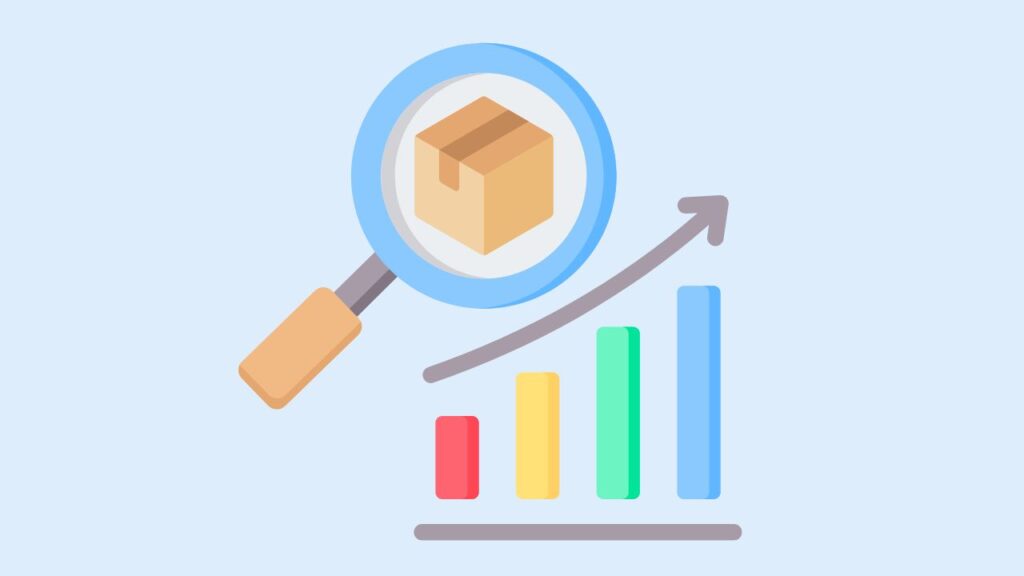
1. Passive Demand Forecasting
This type of demand forecasting is based only on historical data for that season. You cannot compare summer data and analyze it for winter. So, if you are considering apples, you will take historical data of only apples.
This method doesn’t need statistical methods or models, and as long as you have solid historical information, you can make informed decisions.
2. Active Demand Forecasting
When starting a new business or introducing a new product, consider market research, expansion, and marketing plans in the analysis model. Combining these factors helps a business make more calculated decisions and can help it grow.
This type of demand forecasting is essential and will have to factor in external factors that might affect your supply. The following are some aspects you need to include in this analysis.
- The economic outlook of the market for your product.
- What is the growth projection for your niche, and how well has it sold in the last year?
- Making supply chain efficiency the core of your business will help enhance your savings from projected costs.
3. Short- Term Demand Forecasting
As the name suggests, this type of demand forecasting will not look beyond three months of demand forecasting. In some cases, with products like diapers that go year-round, you can make forecasting for up to 12 months. Real-time sales data is beneficial in this forecasting, significantly if the product lineup of your store is constantly changing to meet demands.
This doesn’t mean it should be part of only 3-6 months. If you want to understand the big picture of the e-commerce market in your niche, you can enhance the model to a longer duration.
4. Long – Term Demand Forecasting
So, with the help of short-term forecasting, you can enhance the prediction model for the coming years. This method not only helps predict the market in the coming 3-4 years but also guides your business growth and refines its strategy.
In general terms, this forecasting method can help you create a roadmap for your business or service. You can easily include your capital investment and build your supply chain operations around it. In short, you cannot grow your business without actively thinking about and preparing for that growth.
Part 4. Example of Demand Forecasting
Consider an example of a business selling costumes, decorations, and party doodads. The company has been selling these items for a very long time and is now in a much more comfortable position. This costume business doesn’t want to expand as it has already achieved steady revenue.
When they look at their historical data, sales trends show they have the most sales in May and October. These are the months with festivals and holidays promoting costume-wearing culture, like Halloween. On the other hand, the sales are terrible in August and December.
So before every May and October, they place wholesale orders for their items somewhat two months in advance based on the data they collect. When the stocks arrive, they hire temporary help to complete their fulfillment during these months.
Finally, when it comes to marketing, as soon as they order wholesale items, they start promoting because they will already have their customers as soon as the season arrives. Good marketing, better sales, and inventory planning can increase their revenue each coming year. They can also make more informed decisions by adding historical data to their passive or trend future projections.
Part 5. Benefits of Demand Forecasting
As an e-commerce business, there are tons of benefits other than revenue if you utilize historical data to make accurate demand forecasting. Here are some of these benefits.
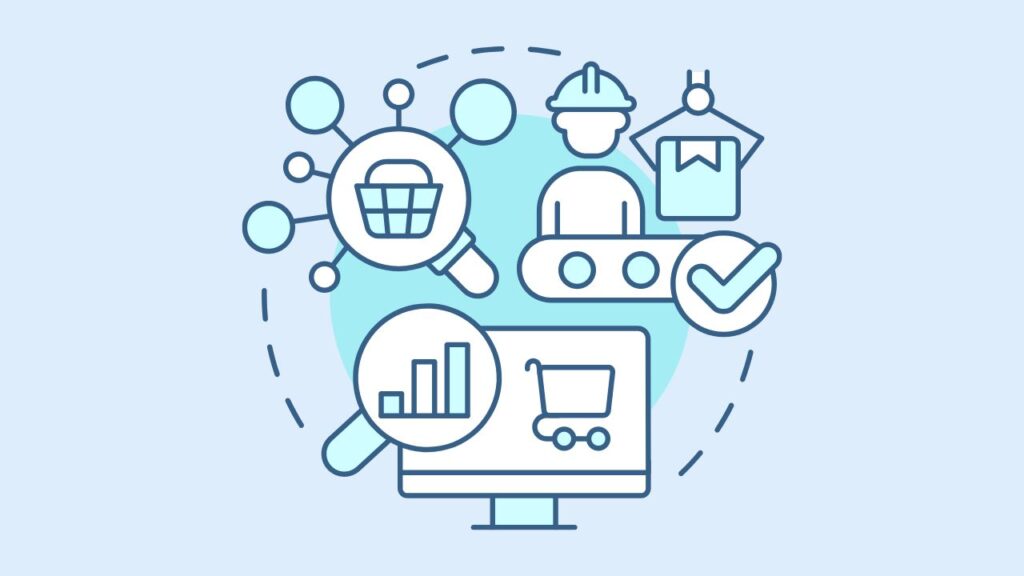
1. Optimized Management
If you properly analyze the past data you receive using accurate demand forecasting methods, you can optimize your inventory and how to manage stocks better. Demand forecasting helps you easily outline the average number of items you can sell weekly. It also enables you to manage monthly demand fluctuations and keeps inventory in check.
2. Rationalize Cash Flow
When you have accurate planning through demand forecasting, you will have sufficient revenue to make more orders. This allows more freedom to spend the right amount of cash to keep your inventory management sustainable. So, with its help, you are now reducing overhead costs, such as warehouse costs, and efficiently enhancing your turnover rates.
3. Production Efficiency
If you can meet your customers’ demands, you understand what they want and when. You start preparing to meet that demand sometimes months in advance. Looking at the average turnover data, you can ensure you properly plan production levels and don’t overproduce.
4. Categorize Your Products Efficiently
Whether you use demand forecasting for a single product or multiple ones in your product lineup, you can make better decisions. When you look at past data on which products sell the most, you can add that to your plan. If some items in a particular category don’t sell, you can combine them with others.
The combination works much better if you have some high-selling products in the lineup. You can package these two products together and give discounts to sell your slow-moving products. This method will allow your inventory never to become stagnant and always have a steady cash flow.
Conclusion
When running an e-commerce business, you cannot trust your intuition and guts. You need proper planning and an understanding of the market’s inner workings. Demand forecasting is the best approach to making higher sales and lasting revenue.
This article discussed how different demand forecasting methods and techniques help you evolve your business. Once you have collected all the data and made informed decisions, you need an excellent supplier to fulfill your orders. NextSmartShip has one of the best inventory and logistics management systems, and you get much more for the price of your warehouse costs. So, visit NextSmartShip today and see how to get the best shipping rates for standard and express shipping.



